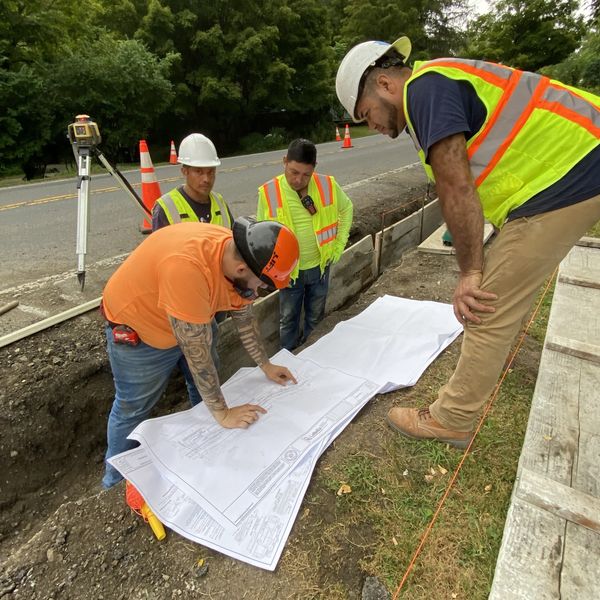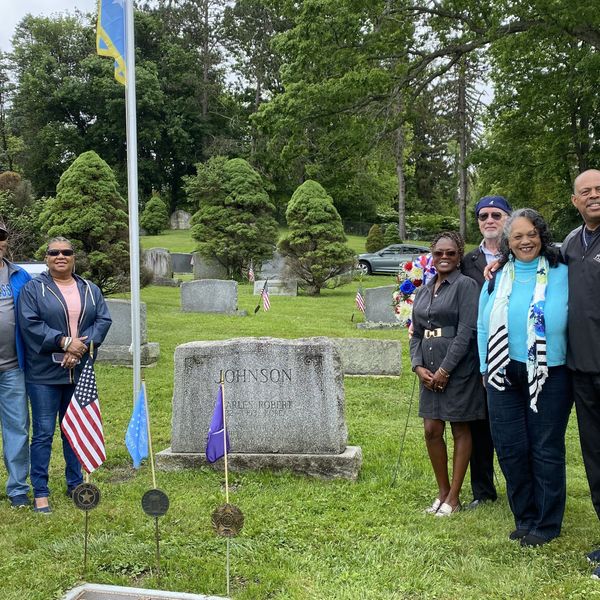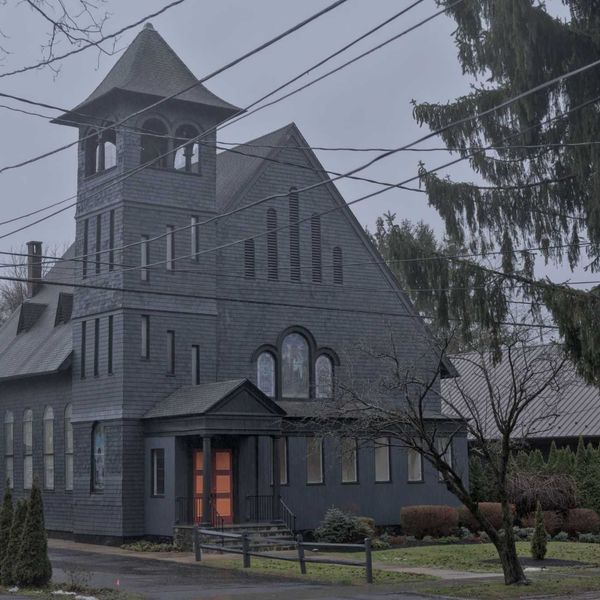Let’s talk about dirt: soil ecology hikes at the Cary Institute
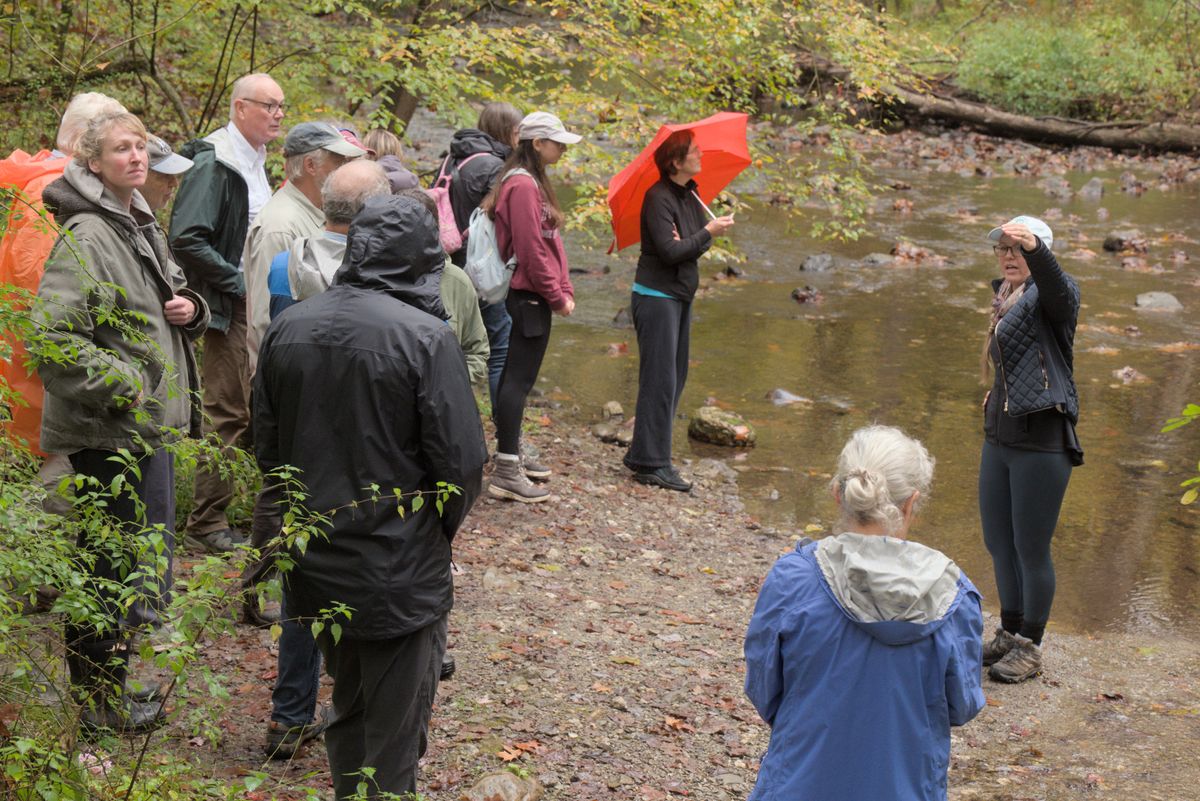
Jane Lucas, who holds a doctorate in ecology and evolutionary biology, at right in all black, leads an educational hike through the woods at the Cary Institute in Millbrook Sunday, Sept. 29. The group followed Lucas down the trail to Wappingers Creek, where she explained the nitrogen cycle, the phosphorous cycle and the carbon cycle and the important role soil microbes play in each.
Photo by Nathan Miller
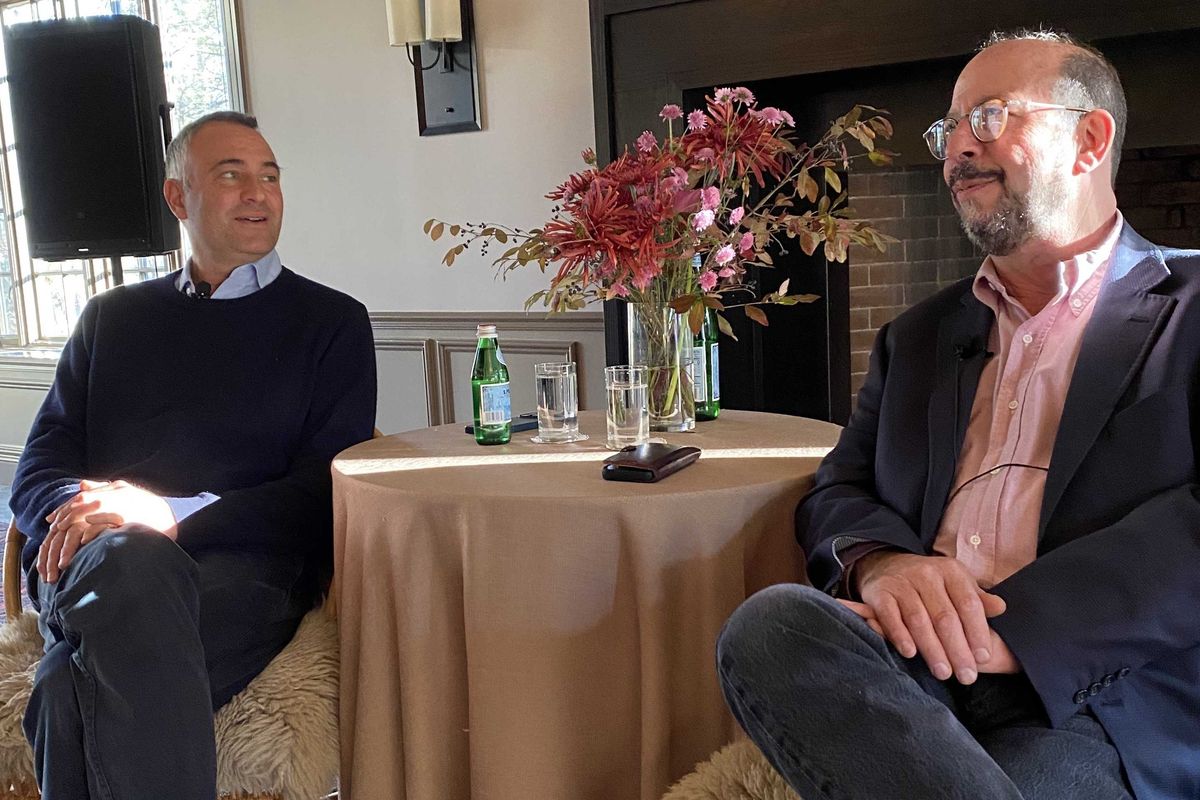
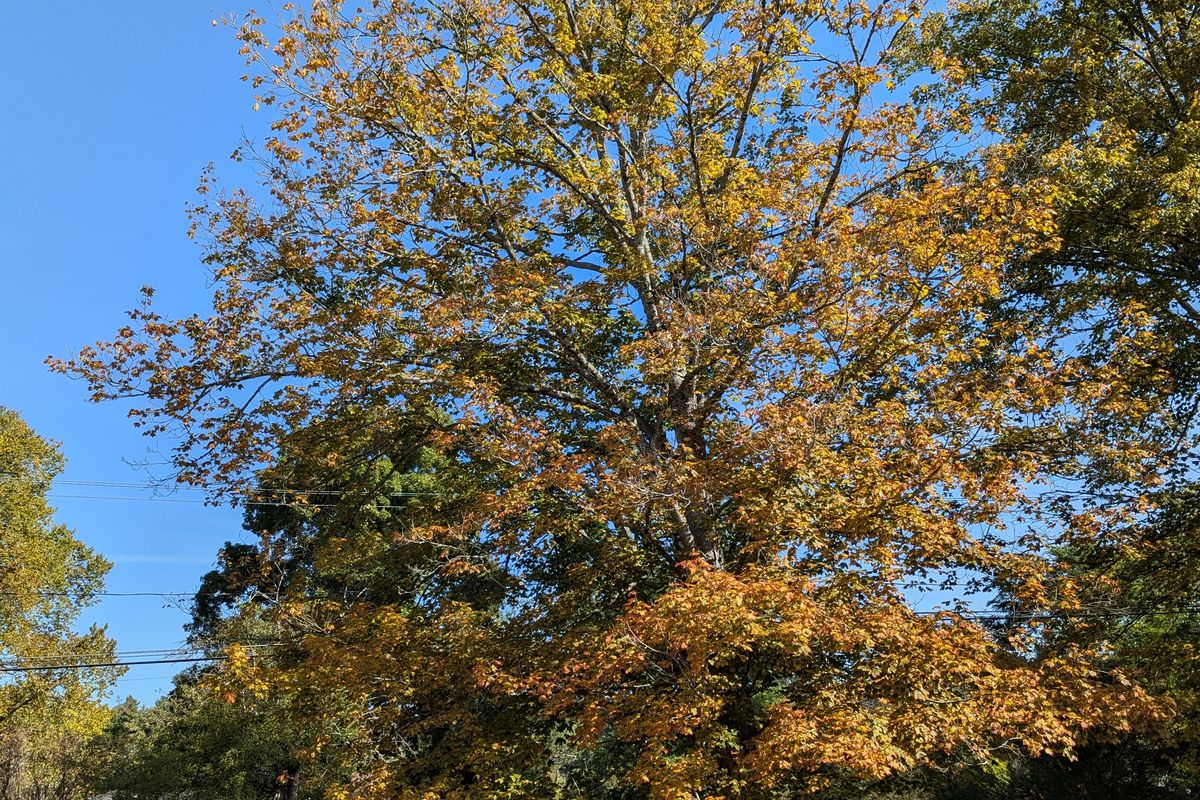

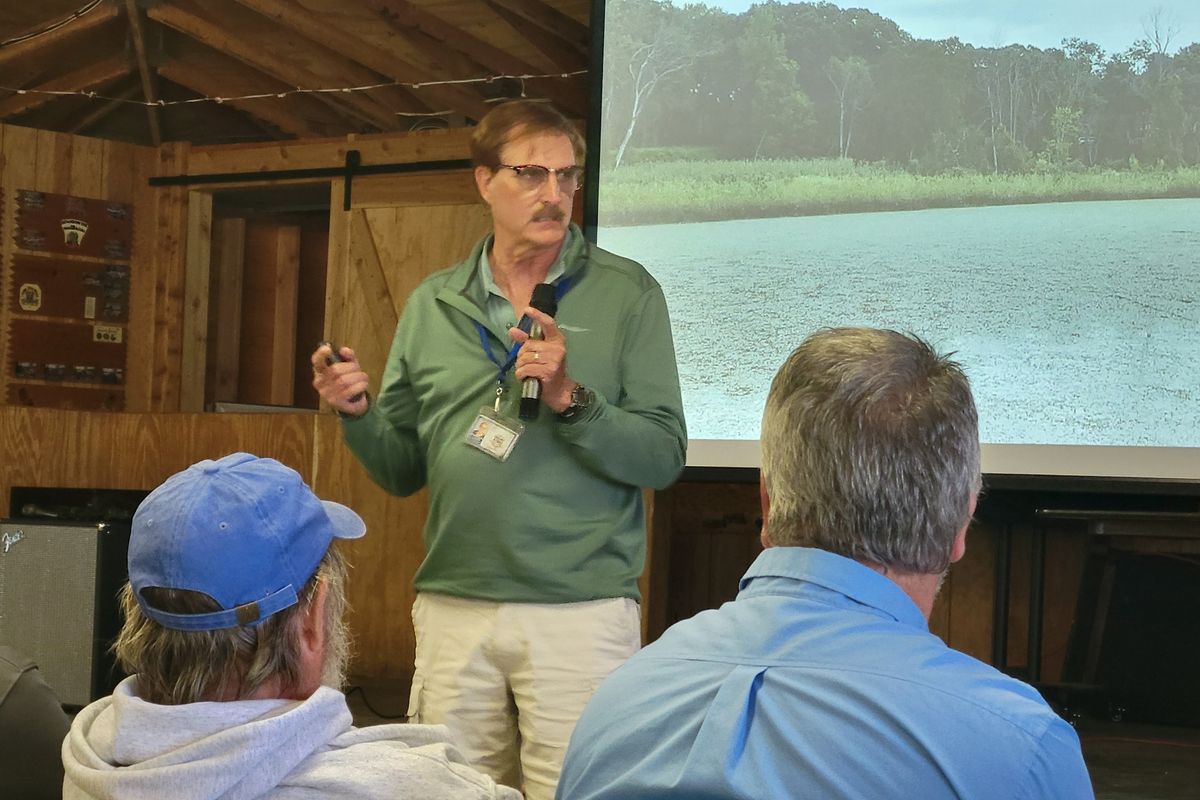

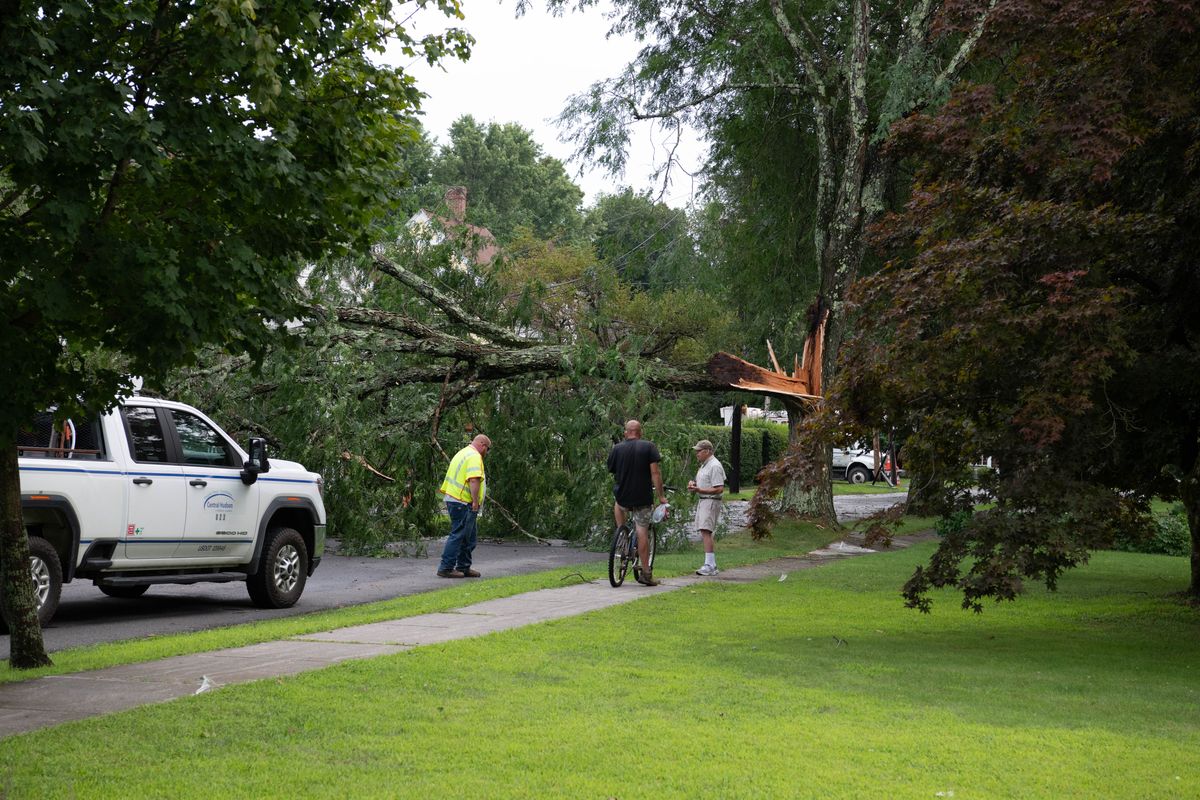
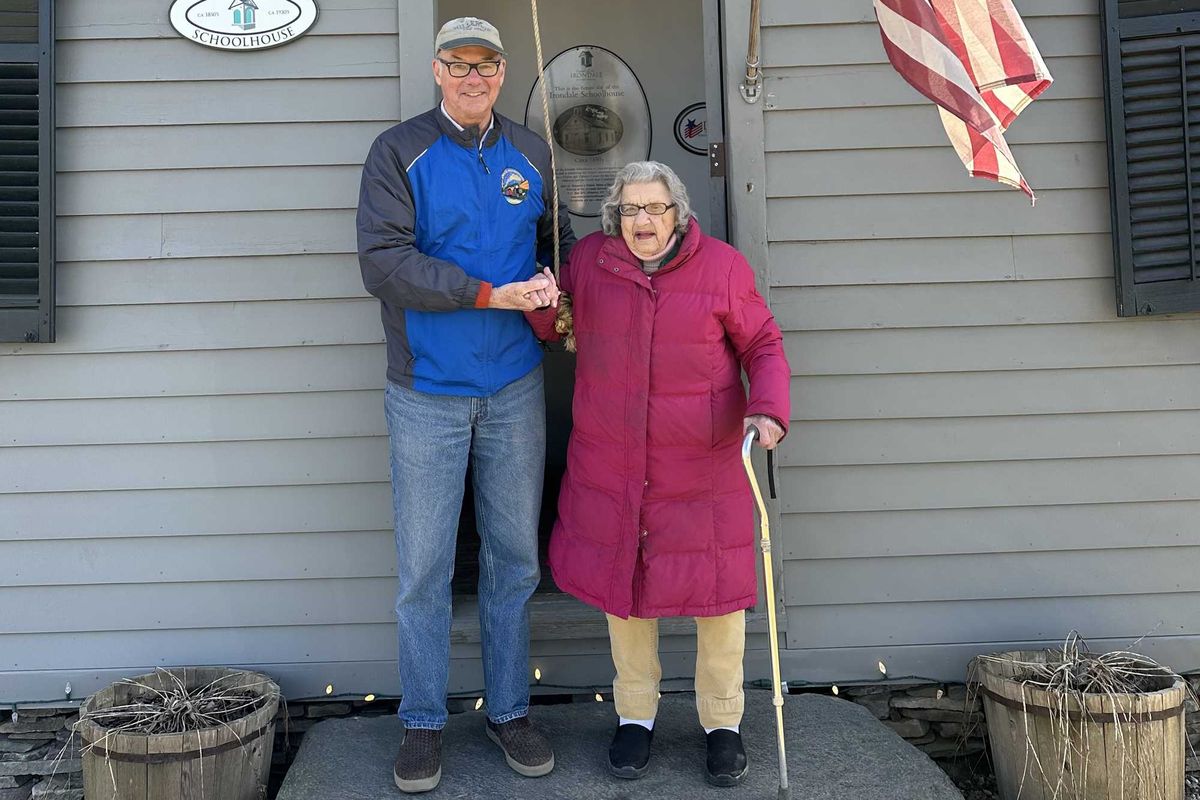
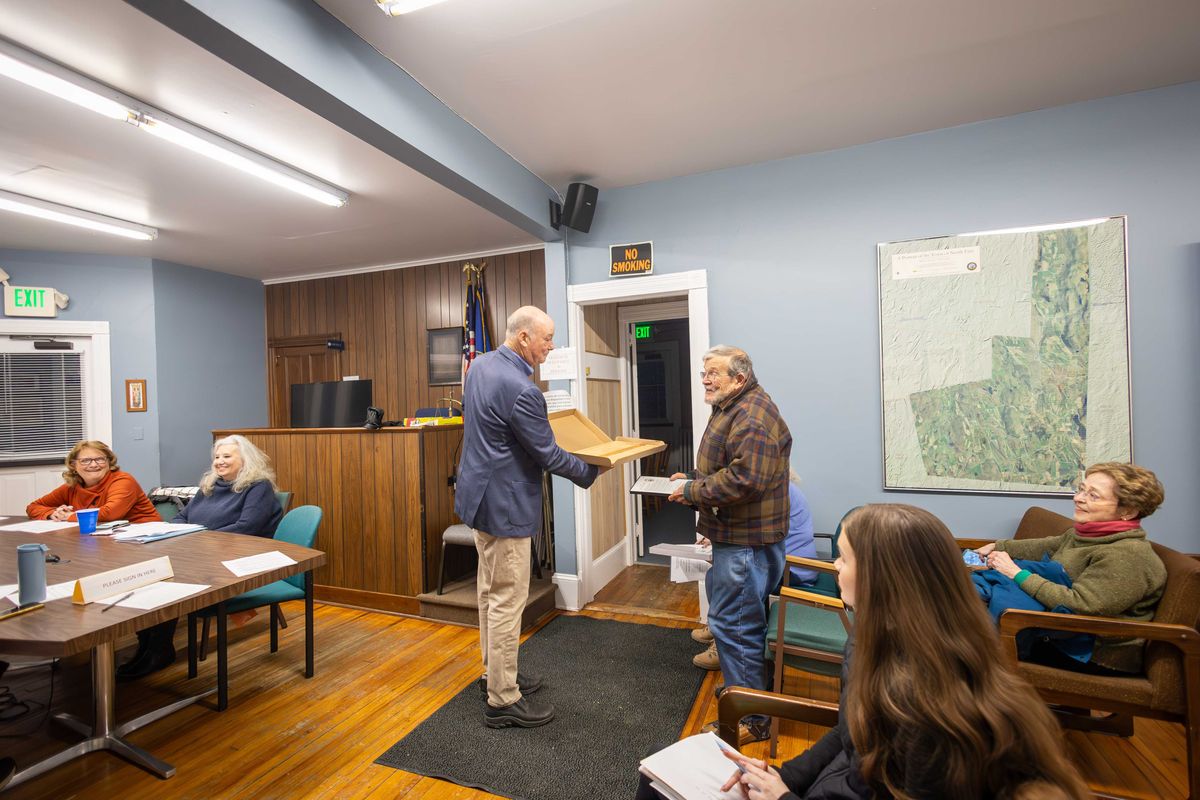


 Decaying equipment and infrastructure still greet those walking through the parking lot at the Millerton Square Plaza on Route 44 just east of the Village of MIllerton.Photo by Nathan Miller
Decaying equipment and infrastructure still greet those walking through the parking lot at the Millerton Square Plaza on Route 44 just east of the Village of MIllerton.Photo by Nathan Miller Eddie Collins Memorial Park on Route 22. Construction on the proposed pool is set to begin in 2026.Photo by Nathan Miller
Eddie Collins Memorial Park on Route 22. Construction on the proposed pool is set to begin in 2026.Photo by Nathan Miller